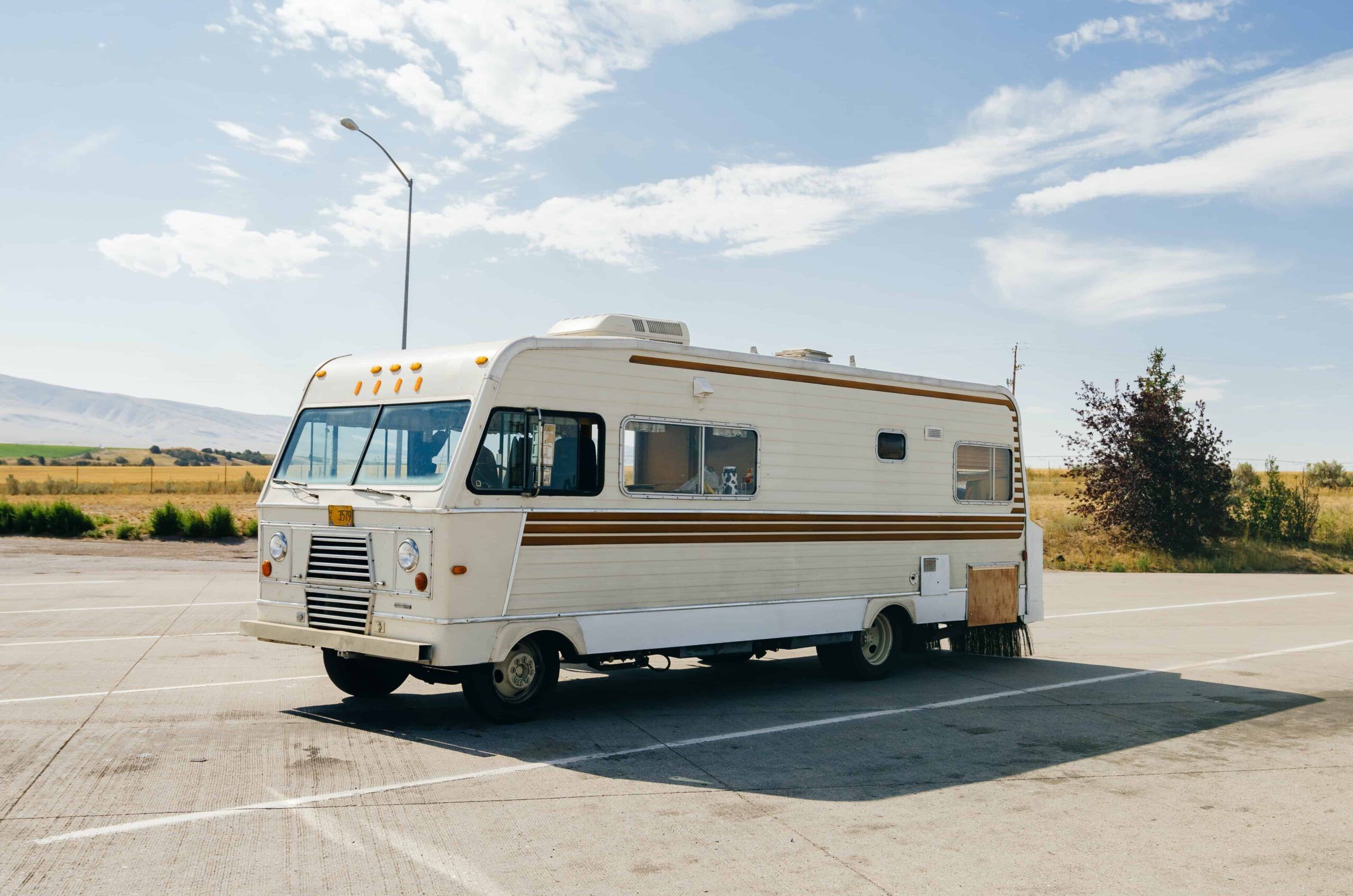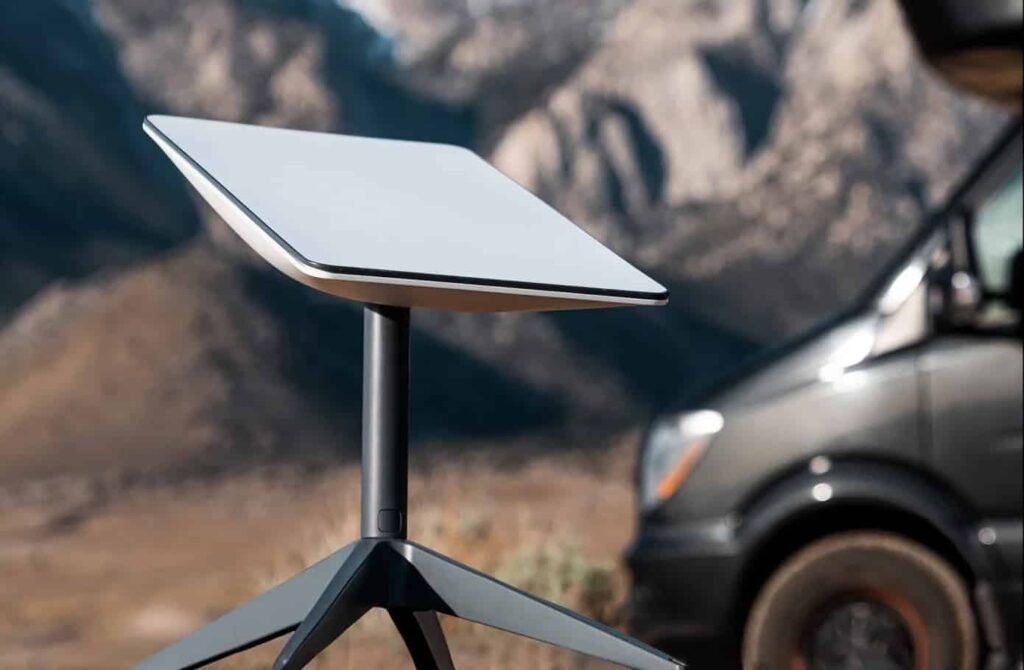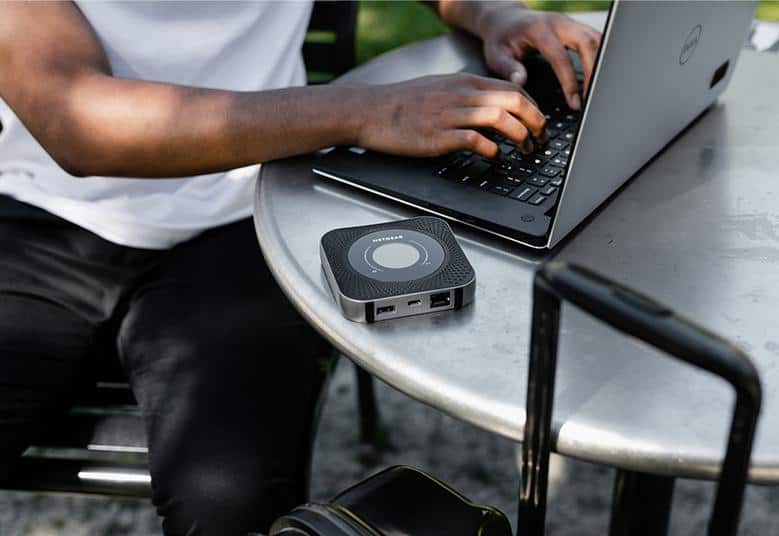How To Boost WiFi Signals in an RV? [4 Easy Ways]

RV has gained great popularity in recent years, especially among travelers who seek to explore new destinations, intend to live an active outdoor lifestyle, and etch precious moments. However, getting stable WiFi is a challenge in itself.
Fret not, as in this article, I’ll discuss some of the best ways to stay connected while traveling in an RV.
Boosting WiFi Signals in an RV
Last month I got an RV as me and my family love to travel, and using it to sleep in rather than finding a good hotel room is more convenient. Now as we spend months in an RV, we can’t cut out from the world, and hence need a decent internet connection.
But after venturing through numerous methods, I came up with a few of the best, which I have presented in this guide. So, without further ado, let’s dig in.
1. Park Your RV in an Open Space

RV campground or park that has many recreational buildings, trees, or other RVs can block your line of sight to the transmitter. It blocks your precious signals from reaching their highest potential.
So, be sure to park your RV in a spot free of these obstructions to access good speeds.
2. Get a Starlink for RV Connection

Starlink is a satellite internet service by SpaceX, designed fundamentally to offer high-speed internet in rural and remote areas.
Its Starlink Roam (RV) connection is tailored for RV users and land-based travelers. It features a mobile antenna system and lets users establish a stable connection even when they are on the move.
A Starlink RV costs $150 per month for regional and $200 per month for global access, aside from the $599 you pay for the satellite. It’s much better than accessing the internet, standing in an RV park.
I have personally used this service and found it to be very effective. You can find my honest opinions in the full review of Starlink Roam.
3. Use a WiFi Booster
While WiFi boosters for RVs can be a bit of an expensive option, they work like magic, especially where signals are pretty weak and far away. Besides, when more people try to connect to the WiFi, it results in network overcrowding, making the task of connecting even worse.
The task of a WiFi booster is simple, to amplify your signals two to three-fold, letting you enjoy drop-free signals in your RV, irrespective of where it’s parked.
Also, they help stabilize the connection by minimizing signal interference and improving signal quality, thereby eliminating the hassle of finding a perfect spot.
Pros of Using a WiFi Booster
- Extended WiFi Coverage: They significantly enhance the coverage of a WiFi network, letting you access it at greater distances or in areas with weak signals.
- Improved Signal Quality: Boosters amplify the signal quality by minimizing interference and stabilizing the connection.
- Ease of Use: Most boosters are designed for easy configuration and installation with the availability of user-friendly mobile apps and a step-by-step manual.
- Customization: Some of these offer advanced customization settings, letting you fine-tune the settings according to your needs.
Cons of Using a WiFi Booster
- Depends on Source Signal: They rely on the availability of the source signal to extend. If the signal is unreliable, they are not as effective.
- Not a Substitute for Starlink RV: These devices boost the quality and range of the existing network but are no way faster than Starlink RV you can use on the go.
4. Use a Travel Router

Travel routers are particularly beneficial for RV owners who wish to create their own local network when they travel.
Some of these support 4G LTE/5G SIMs, where you just insert a SIM and get access to reliable and fast internet in your RV, while some use the public network to transmit signals to your available devices.
Pros of Using a Travel Router:
- Portability: These are small and lightweight devices designed to be used on the go, so you can take them anywhere and use them in any scenario.
- Creating a Local Network: Using SIM card routers, you can create your own network and provide your devices access to fast internet, either through WiFi or ethernet connection.
- Enhanced Security: When you’re creating a local network, you have more control over security settings like password protection, encryption, and firewall.
- Better Speeds: When fewer devices connect to a network, you have access to better signal quality and, in turn, speeds.
Cons of Using a Travel Router:
- Limited Range: Travel routers, due to their compact size, have limited range and aren’t suitable for large spaces.
- Power Requirements: Many routers require a power bank or power outlet to run, which could limit its usage in remote locations.
Frequently Asked Questions
Do WiFi boosters work in an RV?
Yes, they work effectively to boost the signal strength and coverage. However, their effectiveness depends on multiple factors, including the strength of WiFi signals, the physical environment around the RV, and the quality of a booster.
Is it better to get a WiFi booster or router?
It depends on your needs. If you need to extend the existing signals to a larger distance, opt for an RV WiFi booster, but if you want to create a local network of your own, travel routers are a smart choice. Both have their evident disadvantages, so make your choices accordingly.
